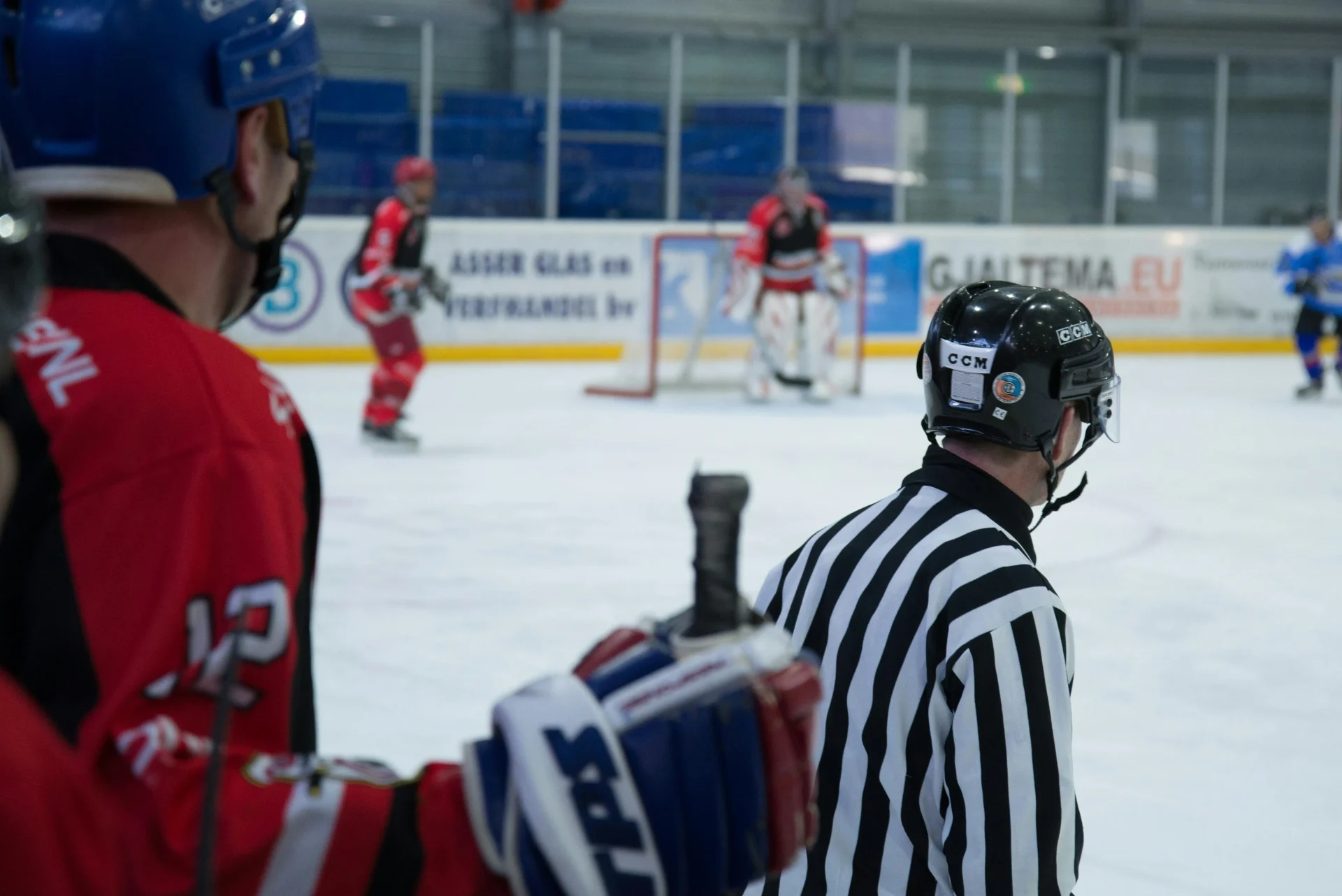Ice hockey isn’t merely a game, it’s a whirlwind on ice, a theater of tactics and athleticism unparalleled in other sports. But what makes up this ensemble? Who are the actors and what are their roles? In this article we’ll cut through the ice, so to speak, and journey into the world of ice hockey positions from the perspectives of coaches and players. We promise, by the end of this feature, you’ll see ice hockey in a whole new light.
Understanding the Ice Hockey Formation
Ice hockey, at its core, is about strategy and balance. Each player, regardless of their position, is an essential cog in this intricate machine of speed, power, and precision. But what are these positions? What do they do?
Player Positions in Ice Hockey
What are the main positions in ice hockey?
Typically, a hockey team in play consists of six players: one goaltender, two defensemen, and three forwards (comprised of left, center, and right).
Roles of Each Position : A Deeper Dive
Time to delve deeper into the blue line. Let’s decode the roles associated with each position and how they knit together to form the fabric of the game.
The Goaltender: The Last Line of Defense
The goaltender, or ‘goalie’, is the team’s last hope when adversaries infiltrate their defenses. A blend of agility, guts, and quick reflexes, goaltenders are the ultimate guardians of the goalpost.
Defensemen: The Ones Holding the Fort
Consisting of a right and left defenseman, these players prevent opponents from getting dangerously close to their turf. They’re the backbone of any hockey team, thwarting enemy lines and ensuring their goaltender comes under less attack.
Forwards: The Game Changers
The forwards can be broken down into the left wing, right wing, and center. Responsible for scoring the bulk of goals, they’re the storm bringers, leveraging their astute timing, deft handling of the puck, and sparking the offensive charge.
FAQs: Ask the Pros
Can a player change their position during the game?
In theory, ice hockey players can shift positions during a game. However, in practice, it can disturb team synergy and strategy. Not to mention, each position requires specialized skills, best honed over time.
What qualities define a good ice hockey player, regardless of position?
Physical strength, mental resilience, quick decision-making, excellent skating skills, and a deep understanding of game strategies are qualities that cut across positions. Remember, the star of ice hockey is the team, not an individual player.
Inside the Rink: Real-World Mastery
Understanding ice hockey positions is just the tip of the iceberg. Mastery comes through practice, on-the-ground experience, and the deep, unwavering love for the game. Time to gear up, embrace the chill, and savor the exhilarating symphony of ice hockey!

